Seabird City Spectacular
10,000 Birds
JUNE 8, 2024
Nobody knows whether the single pair bred successfully – it seems unlikely that they did – but they were present throughout the summer. They don’t nest until they are at least four or five years old, when they finally acquire full adult plumage, with the female laying just a single egg that takes 44 days to hatch.

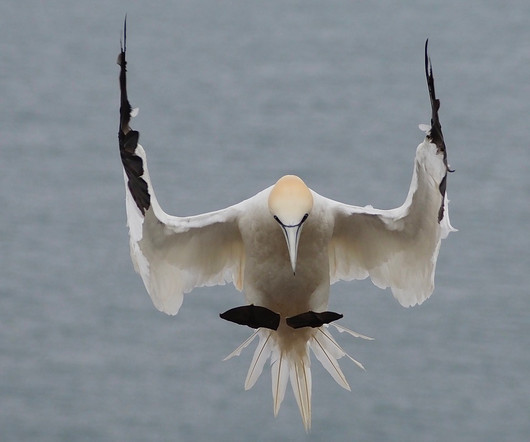

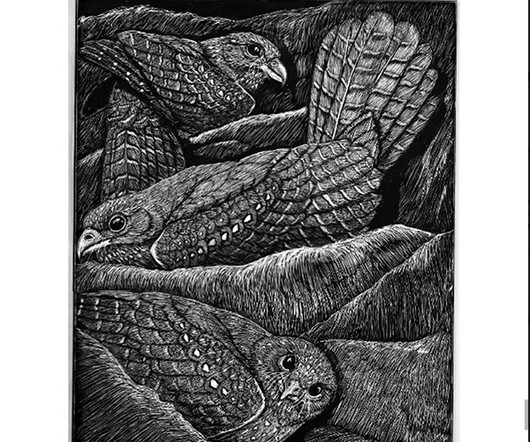




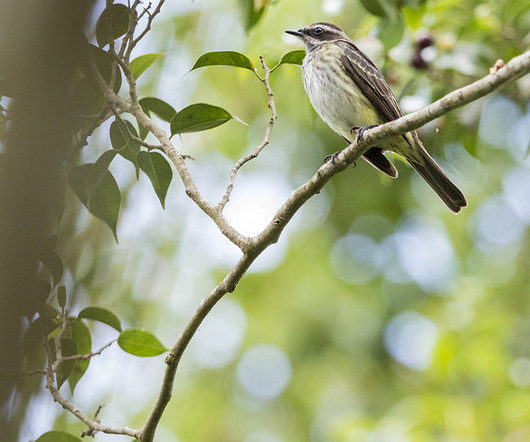




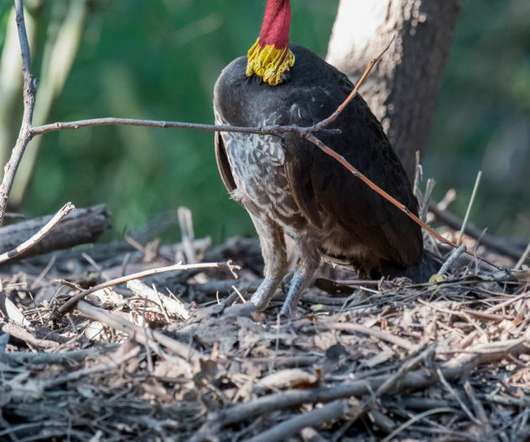
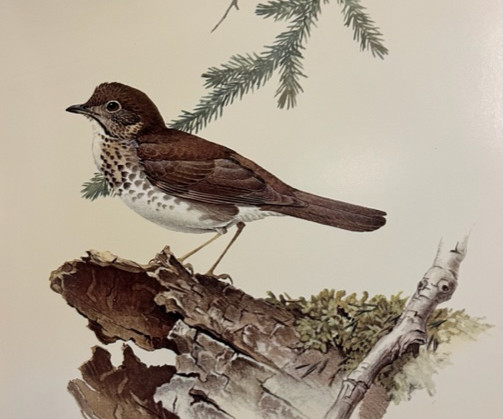


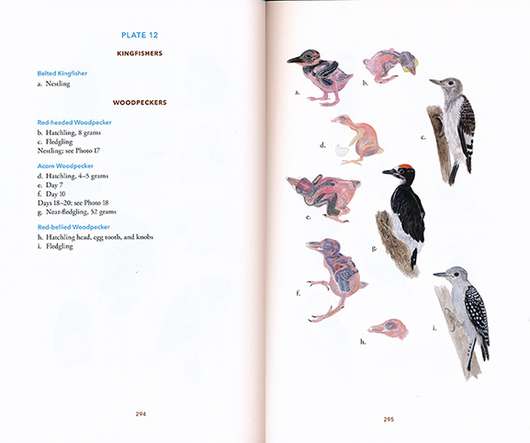

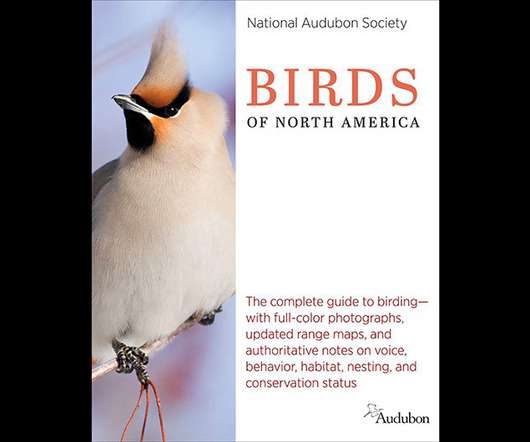
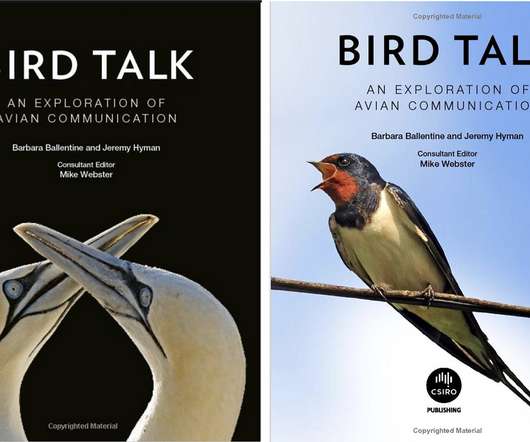
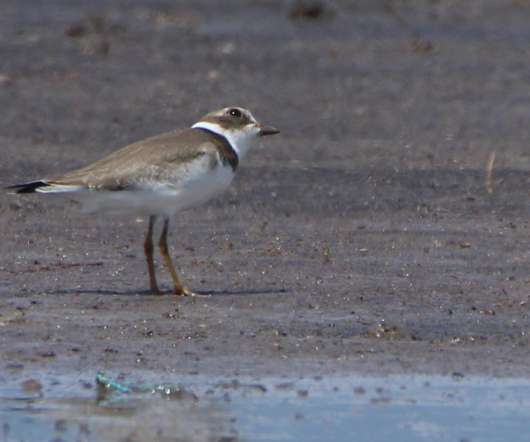























Let's personalize your content